The ambit is that of the painters belonging to the Bamboccianti school which developed in Rome in the 17th century, which had as its reference and master Pieter van Laer also known under the pseudonym Il bamboccio due to his boyish appearance.
This school was joined by Flemish, Dutch and Italian painters who were active in Rome, among the artists of this pictorial movement we find painters such as Jan Miel, Andries Both, Karel Dujardin, Thomas Wijck, Johannes Lingelbach, Jan Asselyn, Pieter van Lint, Michiel Sweerts and Keil Eberhard and, among the Italians, Viviano Codazzi (1611-1672), Michelangelo Cerquozzi (1602-1660) and Filippo Giannetto (1630-1702).
Typical of the school was the portrayal of popular scenes of common life in papal Rome, with particular attention to that particular world that lives on the margins of society, such as pimps, thieves, gamblers and cheaters, prostitutes and beggars, juxtaposing them with the classical re-proposition of Roman ruins. The clients came from the nobility and the upper middle class eager to raise their social status.
In fact, it is possible to refer the execution of the canvas that we propose to you more precisely to the painter Johannes Lingelbach (Frankfurt am Main, 10 October 1622 - Amsterdam, November 1674) or to his close circle. Commonly known as Jan, he was a Dutch Golden Age painter and printmaker of German origin, active in Italy, France and the Netherlands.
A painter who loved to paint popular scenes inserted in imaginary landscapes, taken from the Roman countryside, based on live sketches.
In the foreground, the painting envisages a group of peasants who happily get drunk among numerous animals at rest and the products of their autumn harvests, while other characters scattered here and there in the vast farmyard of the suburb continue with their work as sharecroppers, in fact on the right one pulls the cart with oxen or others in the distance are perhaps gathered at a banquet.
The architectural representation of the hamlet that stands on a cliff is beautiful; while on the left side it opens up to the teeming landscape of the Lazio countryside.
The canvas is in excellent condition. The painting requires cleaning from the paints and dust that have settled over time.
The measurements of the canvas are 110cm x 71cm.
The beautiful frame it has is finely carved and is a remake of the twentieth century.
We enclose with the sale a certificate of guarantee which certifies its age and authenticity.









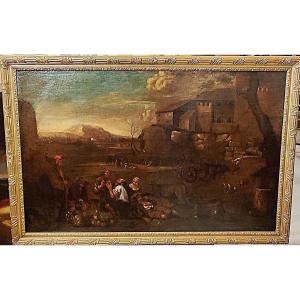







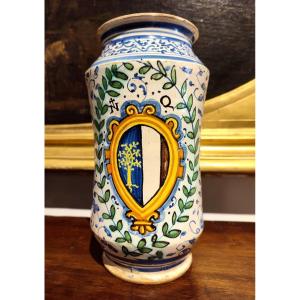
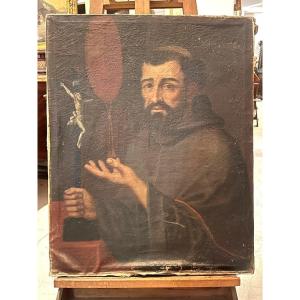

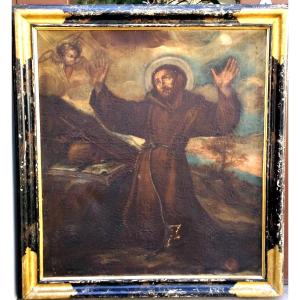
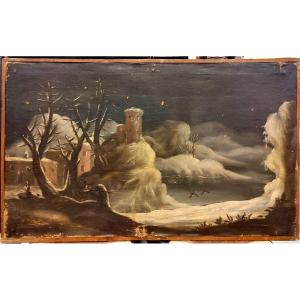
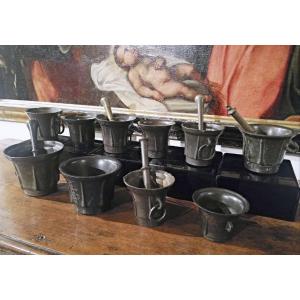
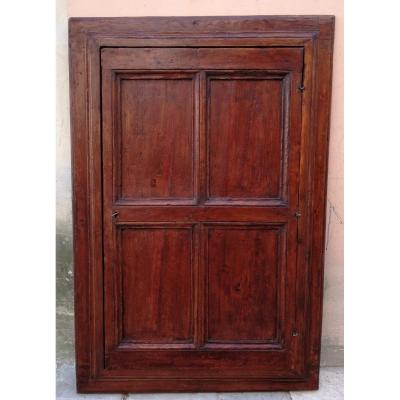

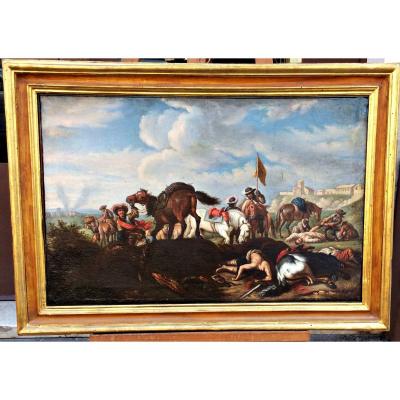



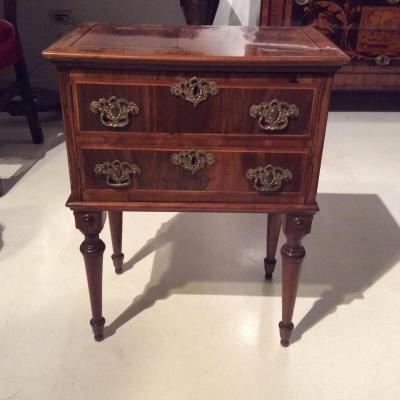

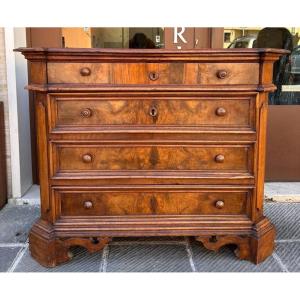

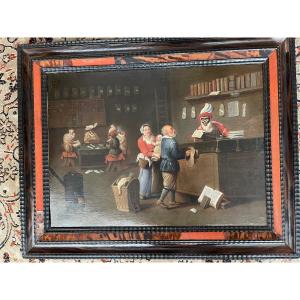
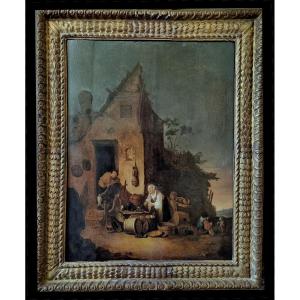
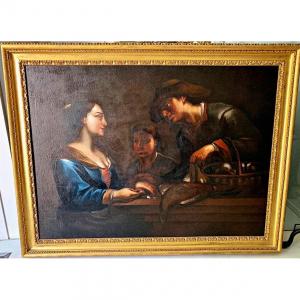




 Le Magazine de PROANTIC
Le Magazine de PROANTIC TRÉSORS Magazine
TRÉSORS Magazine Rivista Artiquariato
Rivista Artiquariato